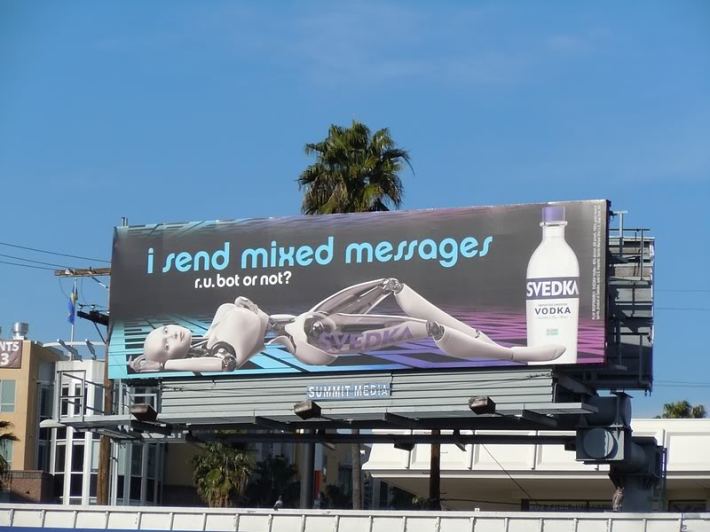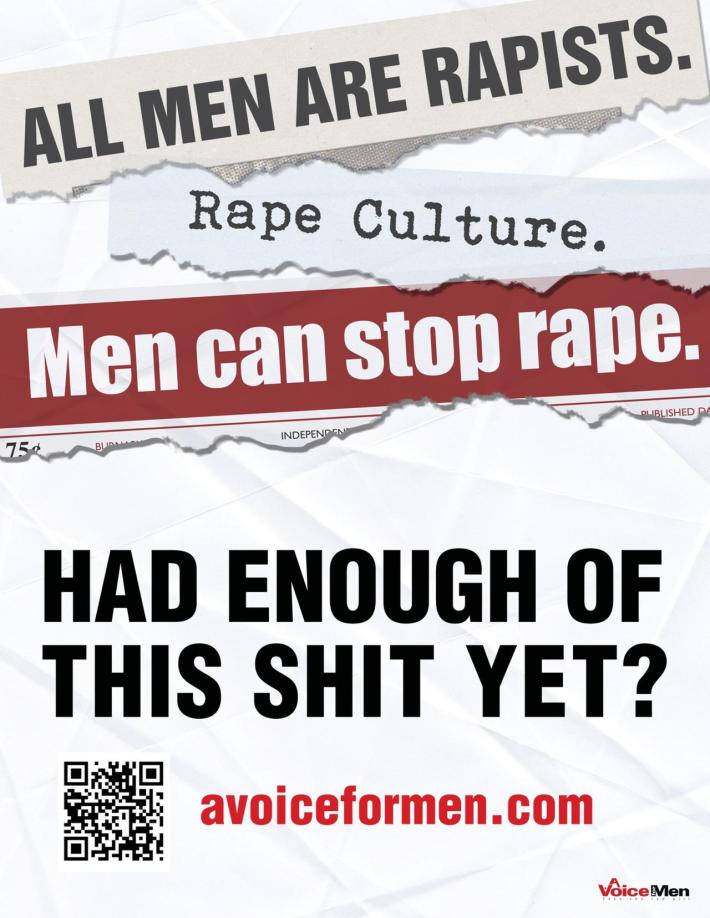Trigger warning: This post discusses the Steubenville rape case and also offers graphic images of advertising that perpetuates rape culture.
We are pleased with the guilty verdict in the Steubenville case in which two high school football players were found to be delinquent for raping an intoxicated 16 year old, known only as Jane Doe, at a series of parties on the night of August 11th to 12th, 2012. What made this case that much more traumatizing for the survivor is that 1.) video, text messaging, and posts on social media were circulated of the assault and humiliation that she endured and 2.) as if that wasn’t enough, the outrage that many in the local community directed at her for “tarnishing” the reputation of the boys who were seen as local football heroes.
An example from one of the team’s 19 coaches: “The rape was just an excuse, I think,” said the 27-year-old Hubbard, who is No. 2 on the Big Red’s career rushing list. “What else are you going to tell your parents when you come home drunk like that and after a night like that?” said Hubbard, who is one of the team’s 19 coaches. “She had to make up something. Now people are trying to blow up our football program because of it.”
Rape culture is one of the phrases you may have heard used in relation to this case. If you are a survivor of sexualized violence, you will likely already know what this term means. You will identify with it when remembering the shaming stares and words people used when you disclosed your assault or abuse. In the Steubenville case, there were repeated questions targeting the survivor that asked not what were these boys thinking but what was she doing there…why did she let herself get drunk and thereby get raped? How is she responsible for ruining their lives? So many threats were made against the survivor that her and her family have required ongoing police protection.
If you are a survivor of sexualized violence, you will understand this term if you were accused of lying, of making it up, of exaggerating your experience. If you are a survivor, you will understand this term when you see ads like this:
oh, and this one too…
If you are a survivor, you will understand this term if you saw the response of the public to other survivors like Zerlina Maxwell, who went on Fox News and confronted victim-blaming by offering suggestions for how men and boys can stop rape. What she had to say, that survivors are not to blame and that the overwhelming majority of those who perpetuate violence against women (i.e., men and boys) should be held accountable for helping to stop rape was apparently so “shocking” to many for days afterward death threats and rape threats were lodged against her publicly and privately.
All of these are examples of rape culture, which can be defined as the pervasive images, language, laws, and other everyday phenomena that validate and perpetuate rape and other forms of sexualized violence in the world. The website, FORCE: Upsetting the Culture of Rape, goes on to state: “Rape culture includes jokes, TV, music, advertising, legal jargon, laws, words and imagery that make violence against women and sexual coercion seem so normal that people believe that rape is inevitable. Rather than viewing the culture of rape as a problem to change, people in a rape culture think about the persistence of rape as ‘just the way things are’. This is what it means when people say that sexism and violence against women are ‘naturalized.’ It means that people in our current society believe these attitudes and actions always have been, and always will be.”
Rape culture is what supports the sense of entitlement that the boys in the Steubenville case had that allowed them to brutally violate the young Jane Doe. It is the disbelief of the football coach in the high school who was so concerned about his team winning and what would happen to his “star players” that he is alleged to have tried to cover up the allegations made by the survivor. It is even in the reading of the verdict when the judge seemed to focus more on the role of alcohol and social media than the need to teach our youth about consent and rape. It is the feeling that survivors get over and over again when society tells them their experience is not valid.
All that said, today is a good day for those that stand against rape culture. Thanks to the courage of Jane Doe, the young survivor in this case whose life has been forever changed, and for the willingness of groups like Anonymous, feminist organizations, rape crisis centers, and a global community of survivors and their supporters, rape culture was dealt a blow today. A message was sent to the world that sex without consent is not sex, it is rape.
We hope you will join us in continuing to confront rape culture. That those of us who are not survivors will see images like those above and name them as offensive and degrading symbols of rape culture. If you are a teacher or a parent, talk with your students about this case, about consent (including the role of alcohol in being unable to give consent), about what constitutes healthy relationships and healthy behavior, about accountability for our behavior. If you are not comfortable having these conversations, organizations like ours exist to help you. Name rape culture when you see it. Examine your own beliefs, words, and actions that might support victim-blaming. Believe survivors. When we stand in community with survivors and hold offenders accountable, whether individual perpetrators, communities that protect those perpetrators or the companies that perpetuate and normalize violence against women, we will change rape culture once and for all. Rape and rape culture are not inevitable. Justice is.



